Backcountry survival tips for trail running in Colorado
We speak to Colorado Search and Rescue to get the best backcountry safety advice for trail running in Colorado
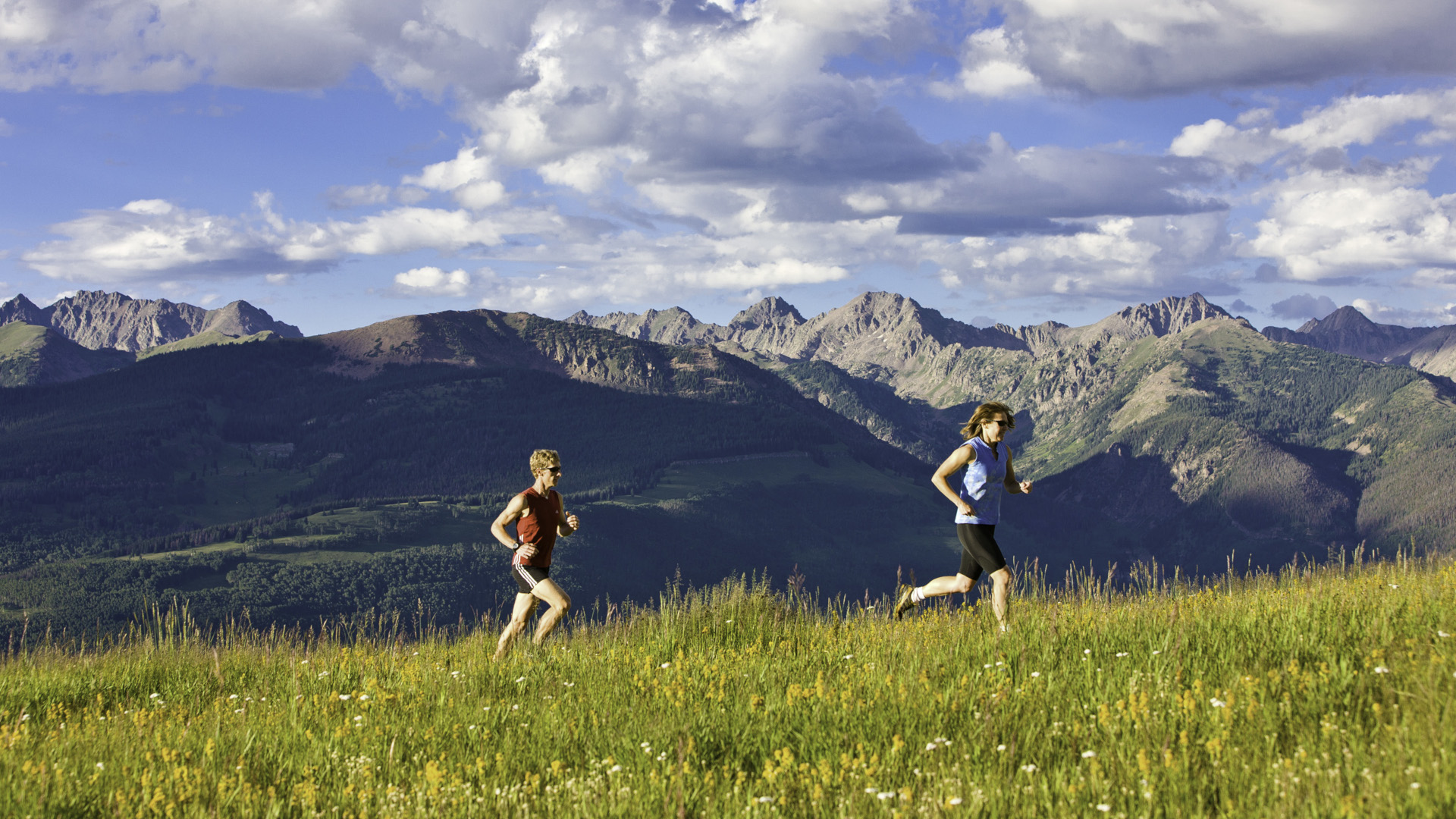
On Sunday, July 17th, 22-year-old Daniel Lamthatch set off on a trail run in San Juan National Forest. He had just finished volunteering for the Hard Rock 100 Ultra, one of Colorado’s burly mountain races. With highs predicted to be in the 90s down in town that day, he was traveling light. It wasn’t until Thursday evening that he was reported missing by a concerned friend, and rescue efforts got underway. His vehicle was located in the parking lot of Molas Lake trailhead but there was otherwise no sign of the runner. On Wednesday July 27th, 10 days after he set off, mountain rescue operations were suspended after being hampered by a flood warning and extreme lightning conditions. To date, Lamthatch has never been found despite over 600 hours of searching the area on foot and by helicopter by local emergency personnel.
Less than three months later on Saturday, October 1, 29-year-old David Lunde of Durango parked close to the Snow Slide Campground in La Plata Canyon where he began his trail run on an ultra route that takes runners around Madden, Gibbs and Parrott peaks and is between 20 and 40 miles long. He was an experienced trail runner and member of the Durango Running Club. When coworkers reported him missing to the sheriff’s department the following morning after he failed to show up for work, the club members formed part of the team involved in an extensive two-week search and rescue effort. That one also yielded no results.
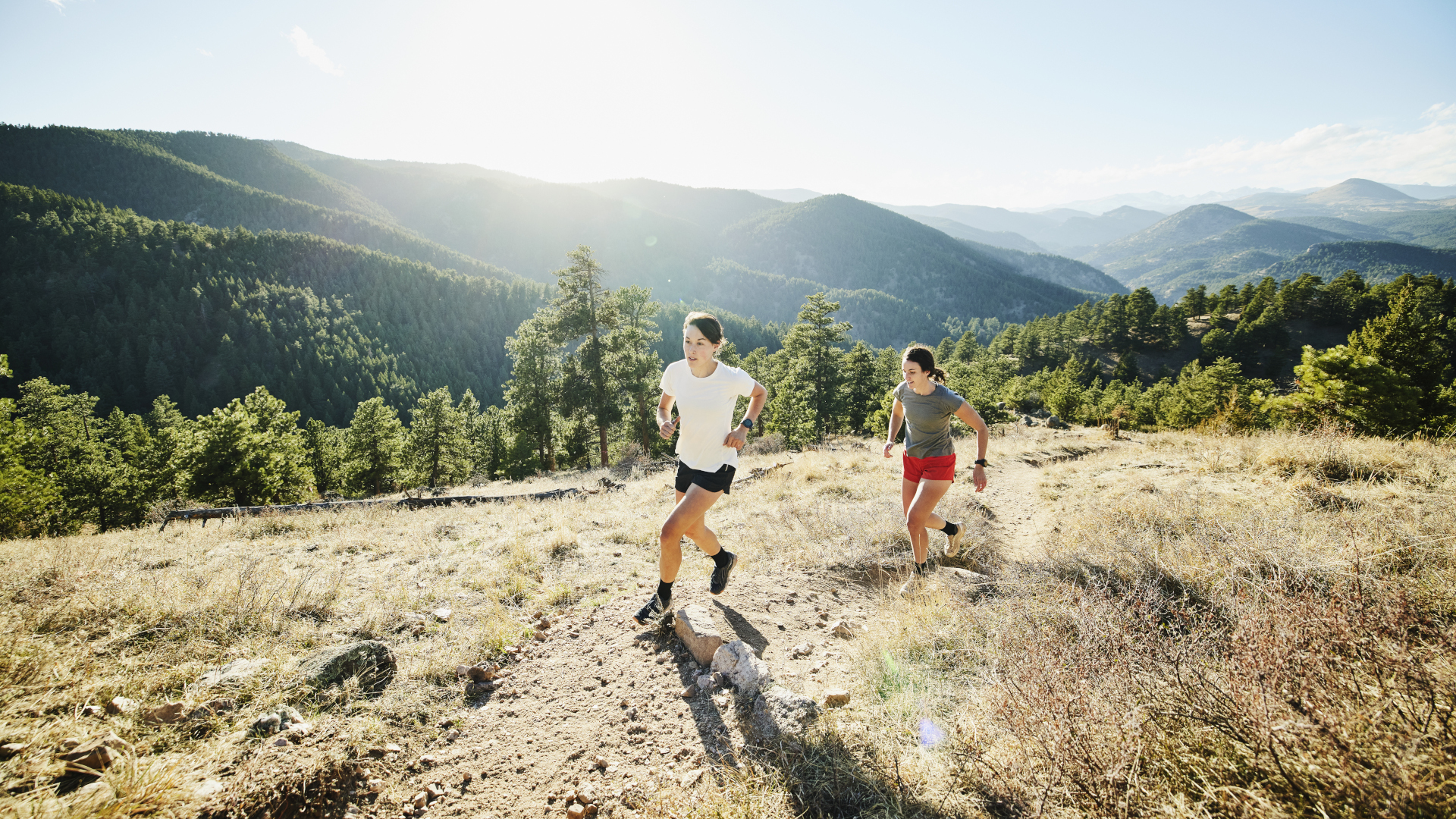
Anna Debattiste, Public Information Officer for the Colorado Search and Rescue Association (CSAR), says that two incidents so close together might not be enough to establish a trend – and points to shoddy data collection further muddying the waters regarding the frequency of trail running incidents – but it’s enough to make mountain rescue workers in Colorado concerned.
“It might be an anomaly. What I do know, though, is this is a group of backcountry recreationists that need some education.”
Debattiste and her colleagues at CSAR represent and help coordinate the 50 or so search and rescue teams across the state as well as a number of sheriff’s offices, and as they watch more and more people come to the mountains in search adventure, they’re seeing a steady rise in call volumes that’s testing an already stretched system of volunteers.
“It's been going on for decades, and we're handling it quite well, actually, but we see where it may be going if visitation to Colorado continues to rise, if more people continue to move to Colorado, all of them recreating outside. Eventually we're gonna have a problem.”
In an effort to curtail that problem before things get out of hand, CSAR have put together a safety information document that they shared with Advnture to help ensure that trail runners in Colorado understand the unique risks regarding the conditions and terrain here, and are educated and prepared with the three T's of backcountry safety before setting off.
Advnture Newsletter
All the latest inspiration, tips and guides to help you plan your next Advnture!
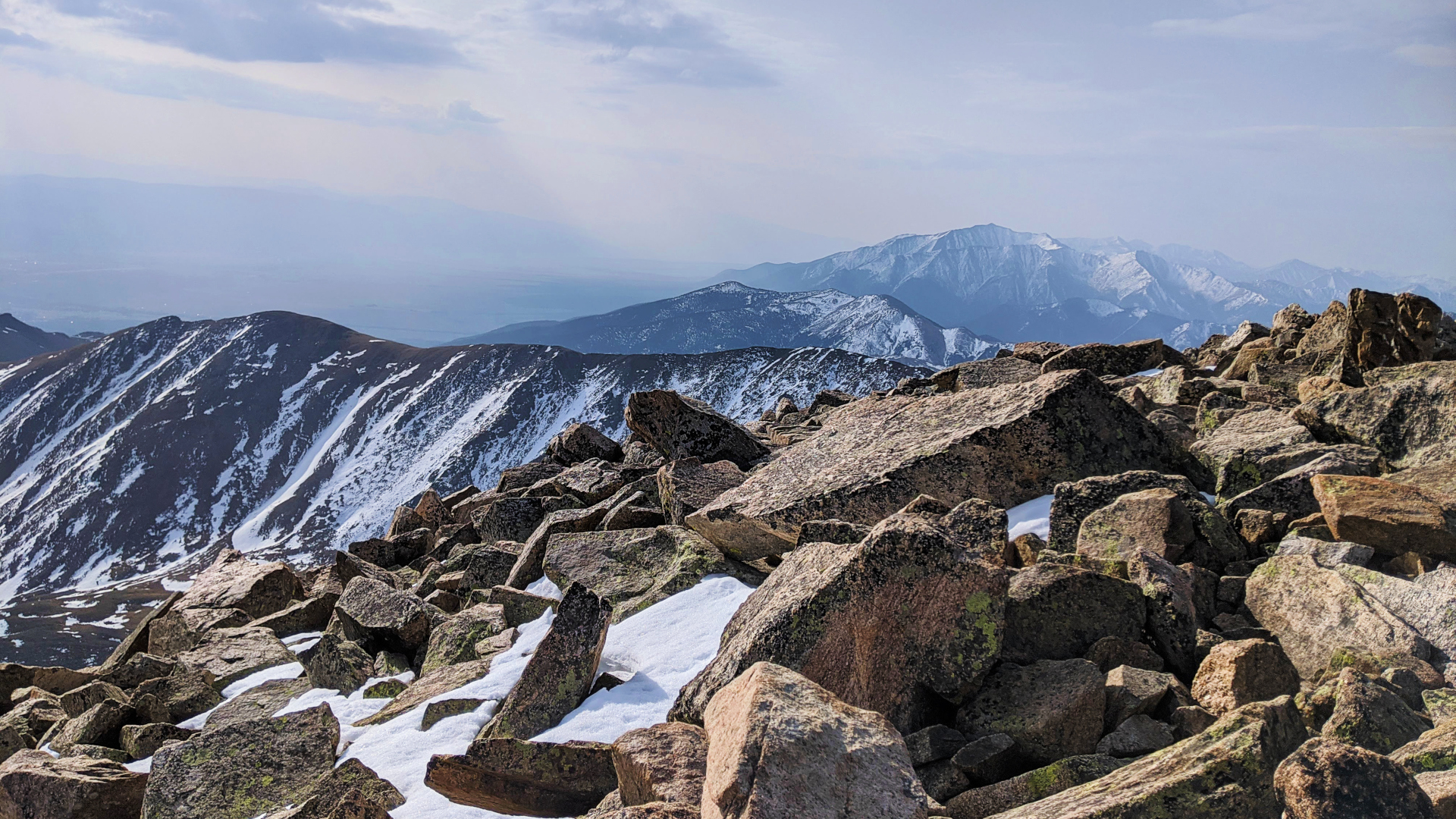
1. Trip plan
Trail running is not just about having the best trail running shoes. The first step in safe trail running is planning your route and researching the type of terrain you’re likely to encounter so that you can be sure you have the skills and fitness required, and bring the appropriate gear and clothing. As Debattitse warns, it won’t be like back in the midwest.
“One thing that makes trail running in Colorado different is scree. People who are not into mountaineering don't realize that doing a 13 or 14 thousand foot mountain means you're going to run into scree, and you're not going to be walking on just a nice smooth trail like you would be in Indiana. That scree means turned ankles, trips and falls, blown out knees.”
Though scree running may be hard to avoid if you have your heart set on running the high country, if nothing else it means slowing down, being willing to hike certain sections, and keeping your focus. Debattiste also emphasizes that researching your running route involves more than just looking at a red line on a navigation app.
“Sometimes a trail runner looks at somebody's Strava track, and they think, ‘oh, that looks great.’ Well, that's not a topo map, right? There's no contour lines on that. You don't know if that was just a trail run, or if that was really more of a kind of a technical mountaineering route.”
The difference between a trail run and a technical mountain run is one of the biggest things Debattiste wants to educate people on.
“If you have never done a technical mountain run, you're not going to just set off and do that on your own with no knowledge, no training, no experience, and no gear, or hopefully you're not.”
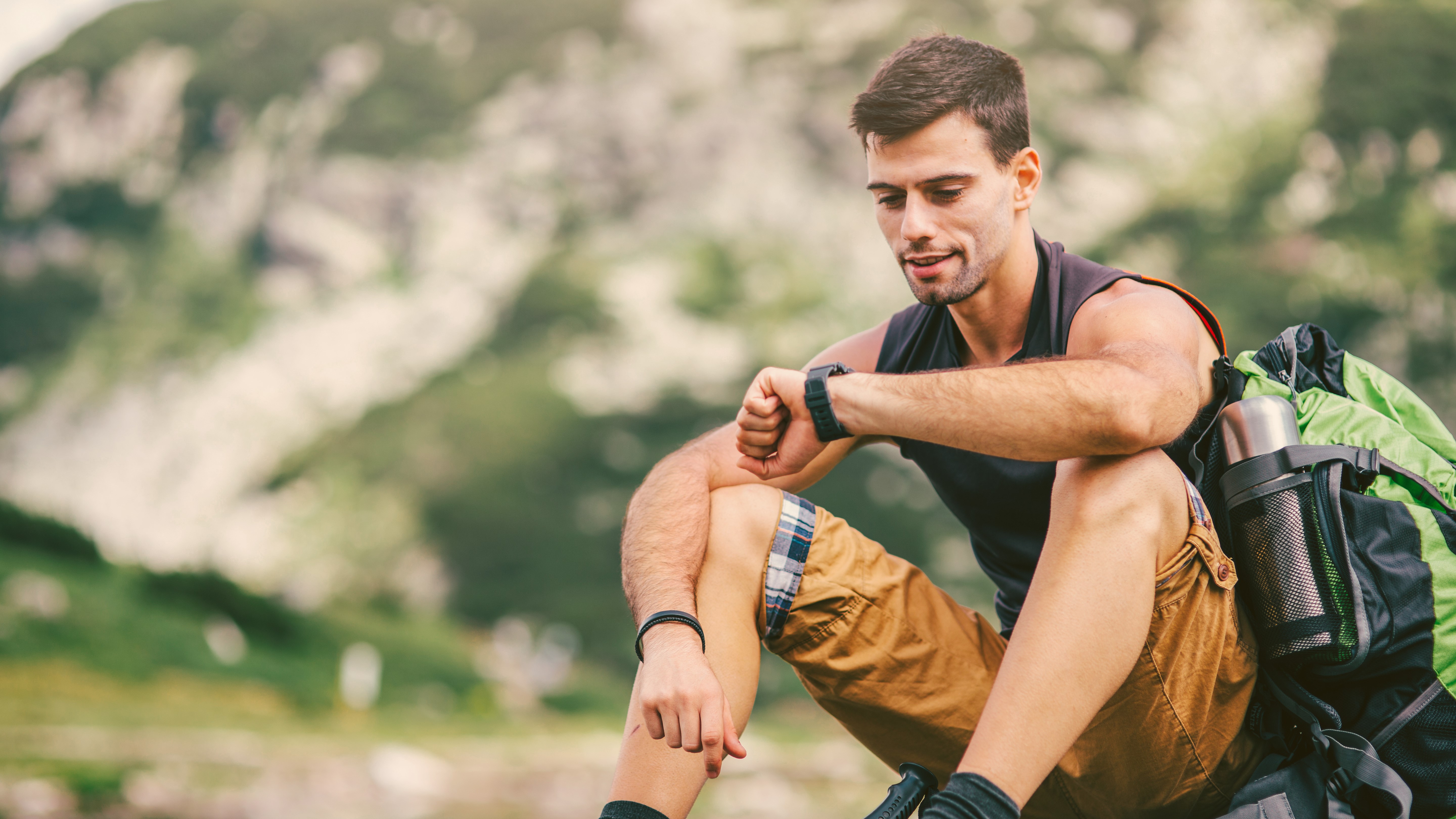
So, research your route, examine it on a topo map to make sure that it’s suitable to your physical conditioning, then communicate your exact plans to a reliable person. It took four days for anyone to report Lamthatch missing, which could have amounted to valuable, life-saving time. Be sure to include where you’re going, what trailhead you’ll be parking at, what your intended route is, and what time you expect to be back.
Finally, before setting off, check the weather using a reliable weather app for the day and area where you’ll be running.
“The weather really can change on a dime in Colorado. You can leave town in 70 degrees and sun and then you can get up on that peak where it's basically winter,” warns Debattiste, adding frequent lightning and temperature extremes to the list of possible weather conditions you might encounter in the middle of summer. The day Lamthatch went missing, weather reports show that temperatures dropped overnight by at least 30 degrees down in town. Up at 11,000ft where he was running, it’s likely to have gotten much, much colder.
You should always plan to leave early to avoid being above treeline in the afternoon to avoid lightning strikes, and be willing to cancel or change your plans if there’s any precipitation forecast, since a light sprinkle at high altitude is never a light sprinkle. Pay attention to the overnight lows as well as daytime highs and bring extra warm clothing such as a running jacket.
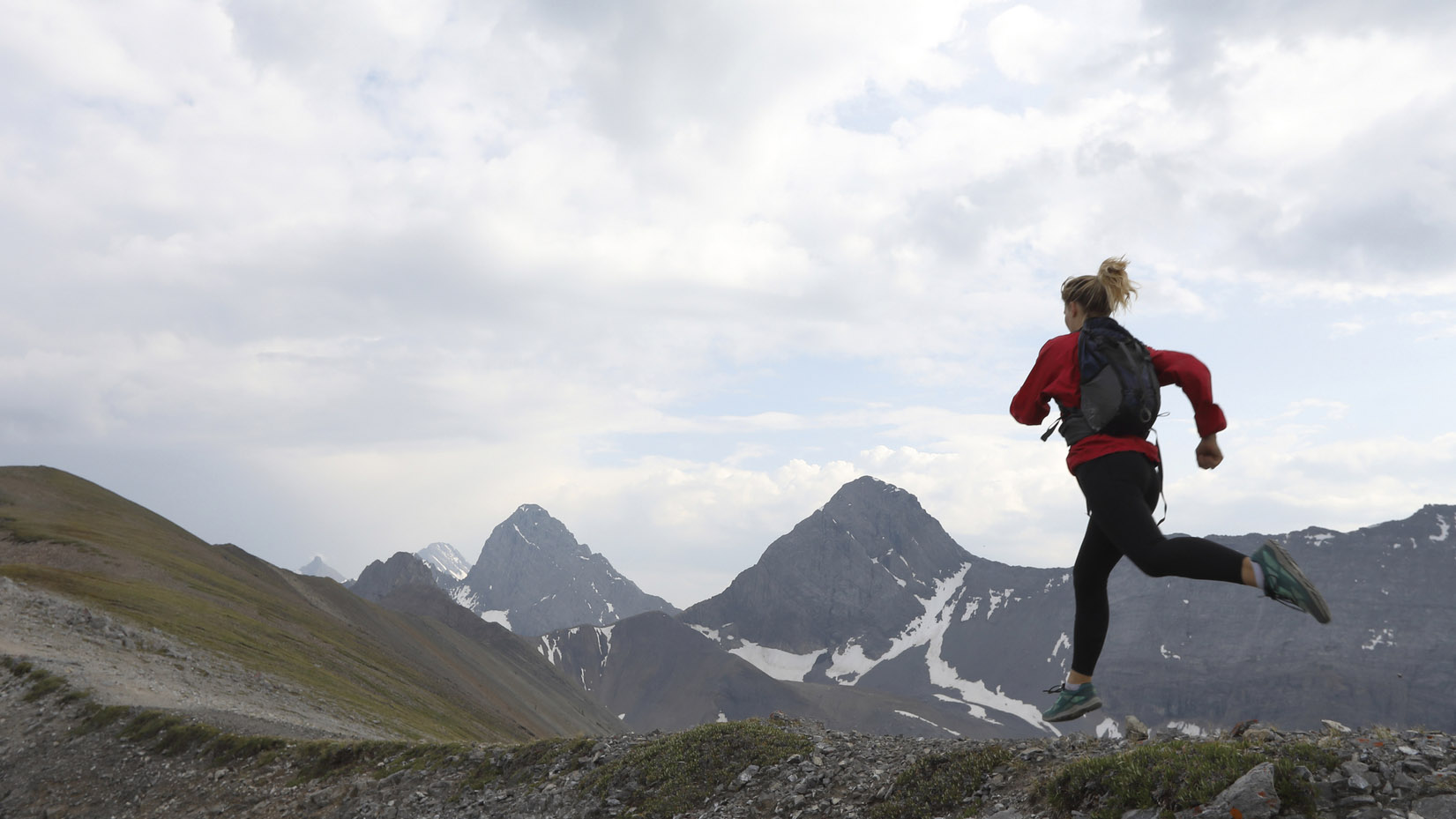
2. Training
There are two forms of training involved in trail running safety: physical conditioning, which includes high altitude training in Colorado, and skills-based training such as navigation, avalanche awareness and mountain safety. Most of us who aspire to head out on a long trail run in the high Rockies probably have the former, and may think that it's enough. Debattiste herself recalls relying on her own fitness back in her days of running 50-mile races. However, she warns it’s not a catch-all for the dangers of trail running in Colorado.
“I know that my attitude was always, I can go fast and light because my fitness will protect me, right? If it starts storming, if it gets cold, I'll just turn around and run back and I'll be there in a jiffy. And, I know that's in general the mentality of this group, because I've been talking to a lot of them.”
A high level of fitness, however, isn’t a replacement for skill and experience, and it can’t save you from falling rock, lightning or freezing temperatures.
“The thing is, anybody can twist an ankle. Anybody can blow out a knee. Anybody, if they're in a really, really rugged area, can get hit by rockfall or can take a fall.”
Instead of relying on your existing fitness and strong legs, Debattiste recommends joining a running club such as the Durango Running Club or even the Colorado Mountain Club if you want to get into trail running in Colorado, especially if you’re just arriving here from out of state and seeking a running partner.

3. Take the essentials
Finally, Debattiste and her colleagues stress the importance of carrying a version of the so-called 10 Essentials, a list of gear that all hikers are encouraged to carry for safety. This is something that many trail runners forgo out of fear of being slowed down on the trail. You might move faster and be able to go farther with less gear, but if something does go wrong, you won’t have what you need to spend the night in the wild.
“Since you can go fast and light, you're not carrying anything, but you can't survive a night out there waiting for us to find you,” says Debattiste, highlighting the point that mountain rescue teams can take a long time to reach you, by the time they assemble a team, journey to the trailhead and then set off on foot to find you.
CSAR compiled a specific list of the essentials for trail running, below, and recommend that you take all of them for a longer technical run, and a few such as extra layers and navigation tools for a trail run.
- Electrolytes and energy bars
- Trail running sunglasses
- Running headlamp
- Emergency bivy sack
- Minimalist first-aid kit focused on items to stop bleeding, but also has meds and other minor ailment treatments such as moleskin
- Folding camping knife
- Fire starter
- Map and compass
- Two-way communications devices such as the Garmin InReach
- Battery pack with appropriate cables for electronic devices
- Wool or synthetic running gloves
- Wool skull cap/hat
- Soft water bottles and water filter
- Phone with offline mapping app
- Lightweight waterproof breathable shell jacket
- 12-liter running vest
- Mid-layer micro-puffy jacket for runs that will take you high or deep or when weather dictates need for extra warmth
This list may look like a recipe for a 30lb backpack, but with so much small and lightweight gear available these days, you can easily keep your load to a few pounds and buy yourself a lot of time if you end up injured or stranded in the backcountry. If you’re only willing to bring one piece of safety gear, Debattiste strongly advocates for a two-way satellite communication device so you can assist your rescuers.
“Those are really small and light, and if something does happen, you can send up the word and we can actually communicate with you and understand where you are, and the nature of your injuries and communicate back to you about how long it's gonna take us to get to you.”
- The best trail running shoes: for comfort, agility, and stability
Julia Clarke is a staff writer for Advnture.com and the author of the book Restorative Yoga for Beginners. She loves to explore mountains on foot, bike, skis and belay and then recover on the the yoga mat. Julia graduated with a degree in journalism in 2004 and spent eight years working as a radio presenter in Kansas City, Vermont, Boston and New York City before discovering the joys of the Rocky Mountains. She then detoured west to Colorado and enjoyed 11 years teaching yoga in Vail before returning to her hometown of Glasgow, Scotland in 2020 to focus on family and writing.

